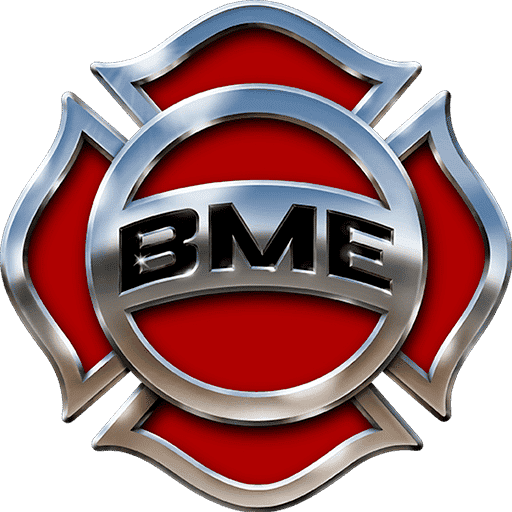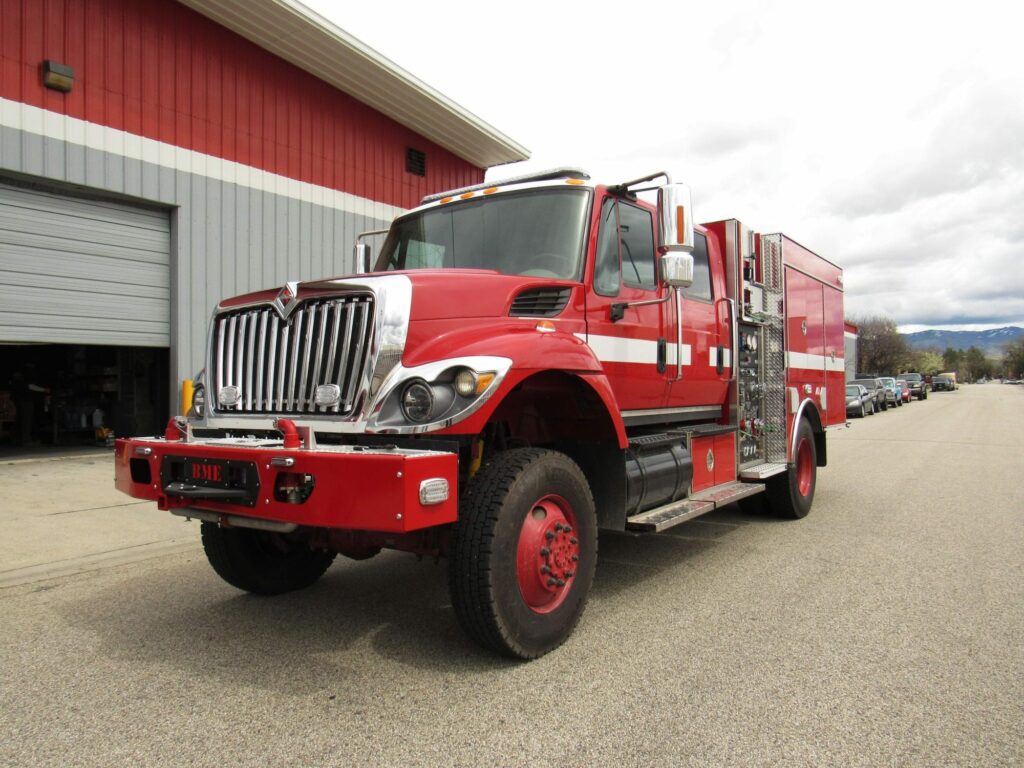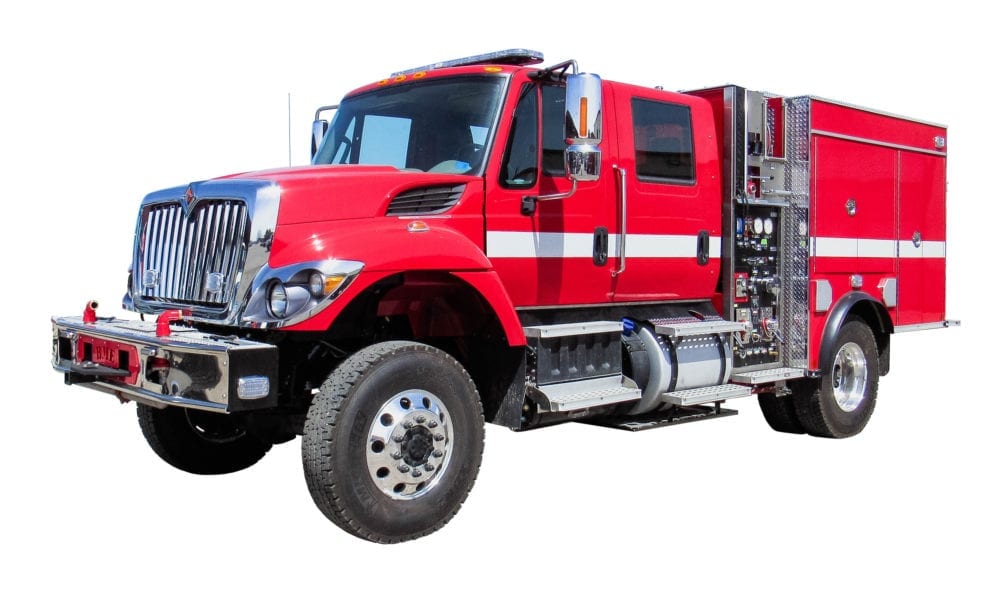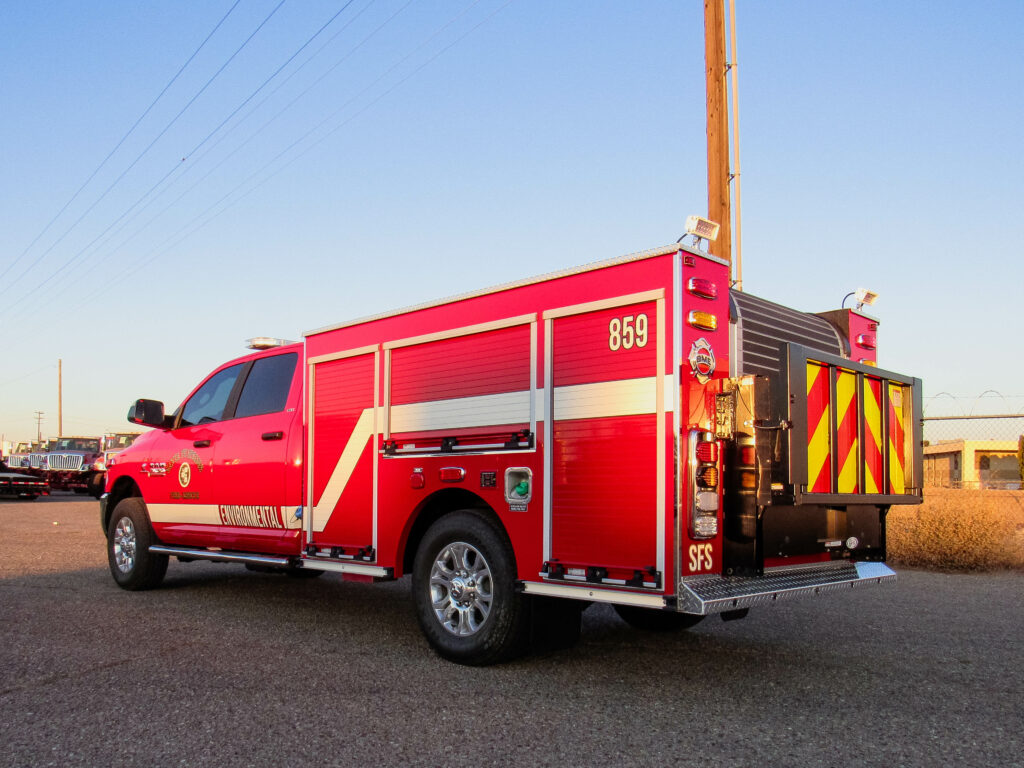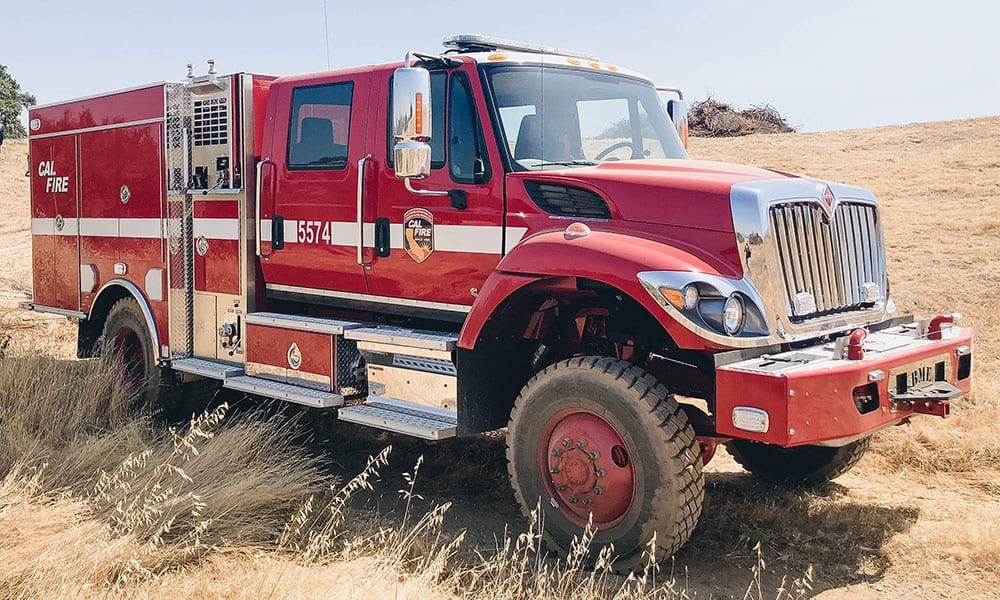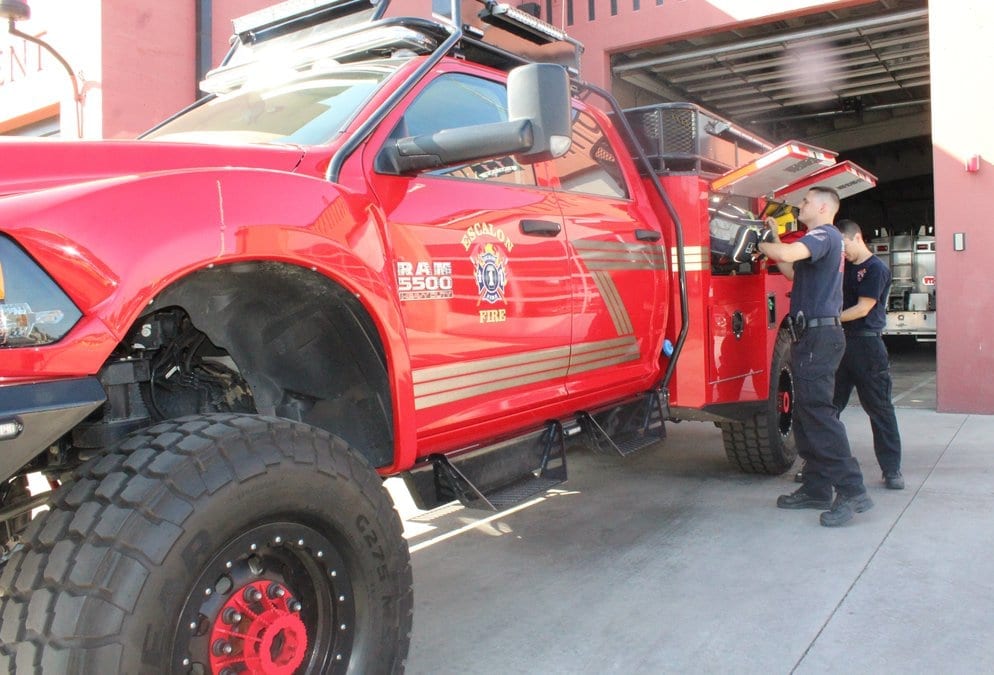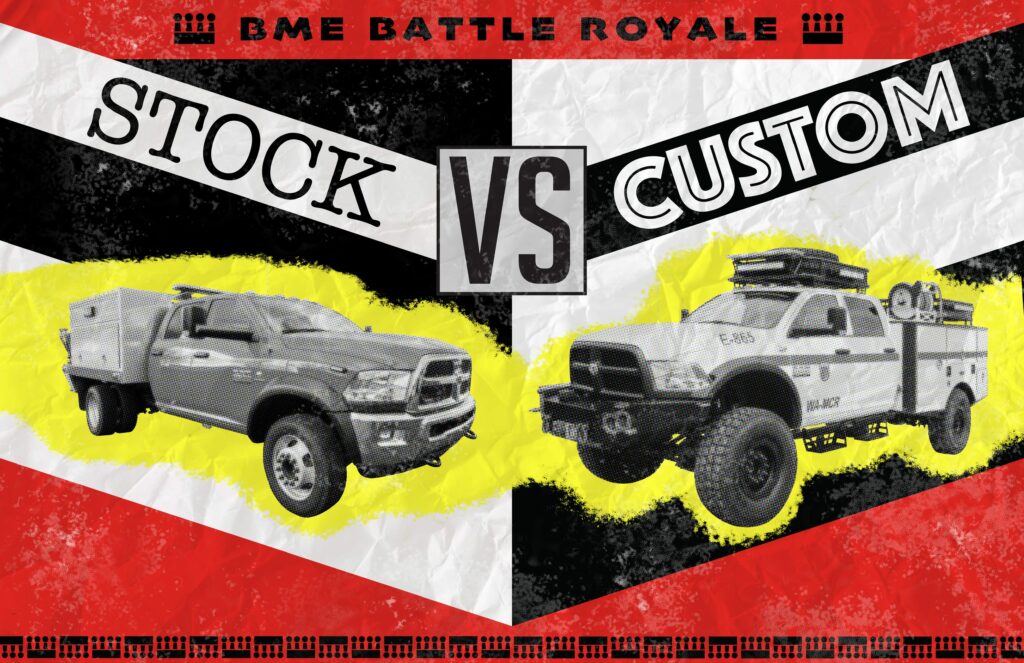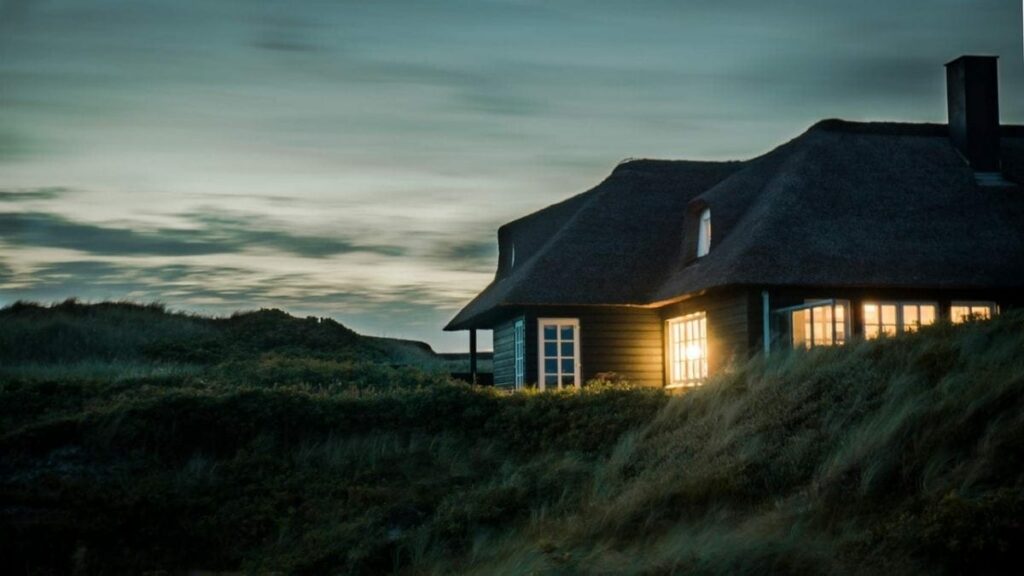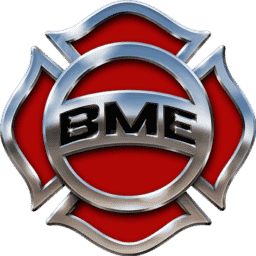BME Receives Tag-On from Cal OES
Boise Mobile Equipment (BME) received a $9.8 million dollar tag-on to produce Wildland Model 34 engines for the California Governor’s Office of Emergency Services (Cal OES). BME will produce twenty-five CAL FIRE spec Model 34 apparatus to be delivered in 2020. Cal OES coordinates fire mutual aid resources throughout the state of California. The agency […]
BME Receives Tag-On from Cal OES Read More »

